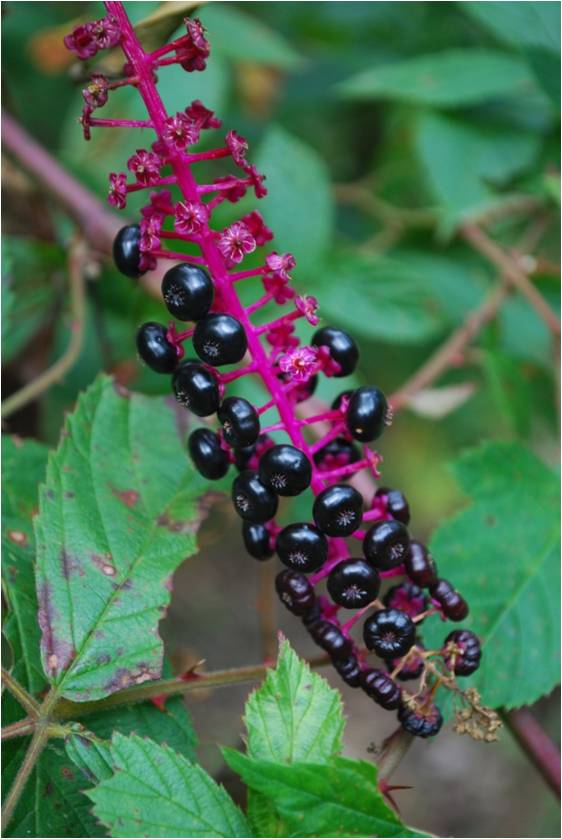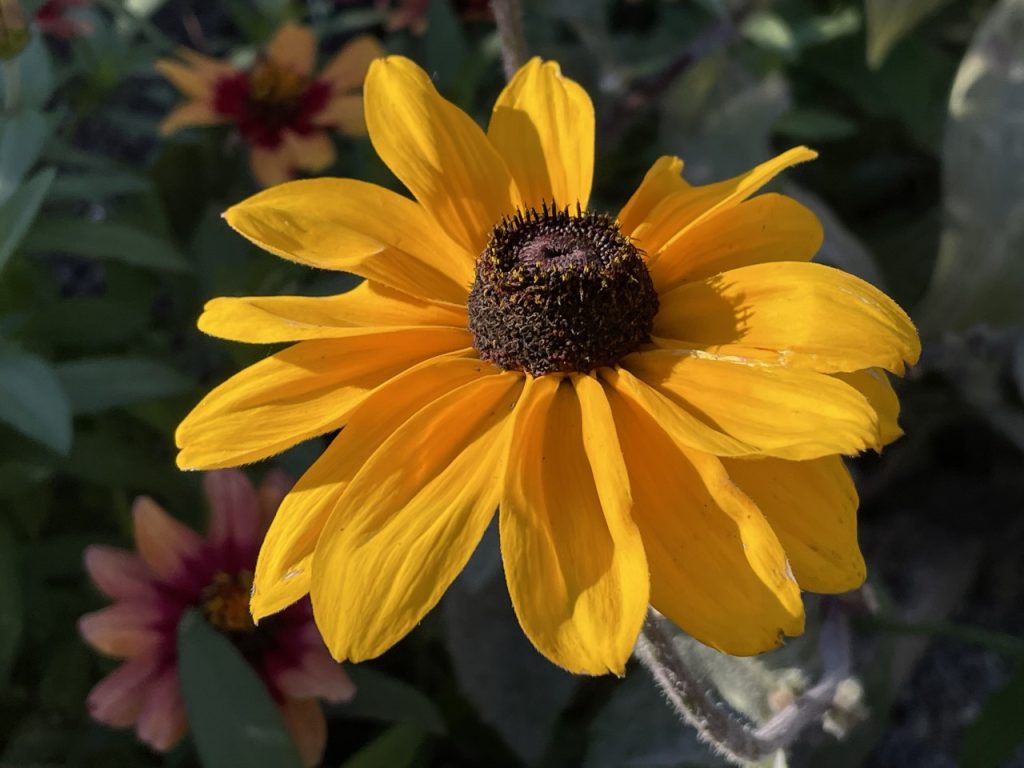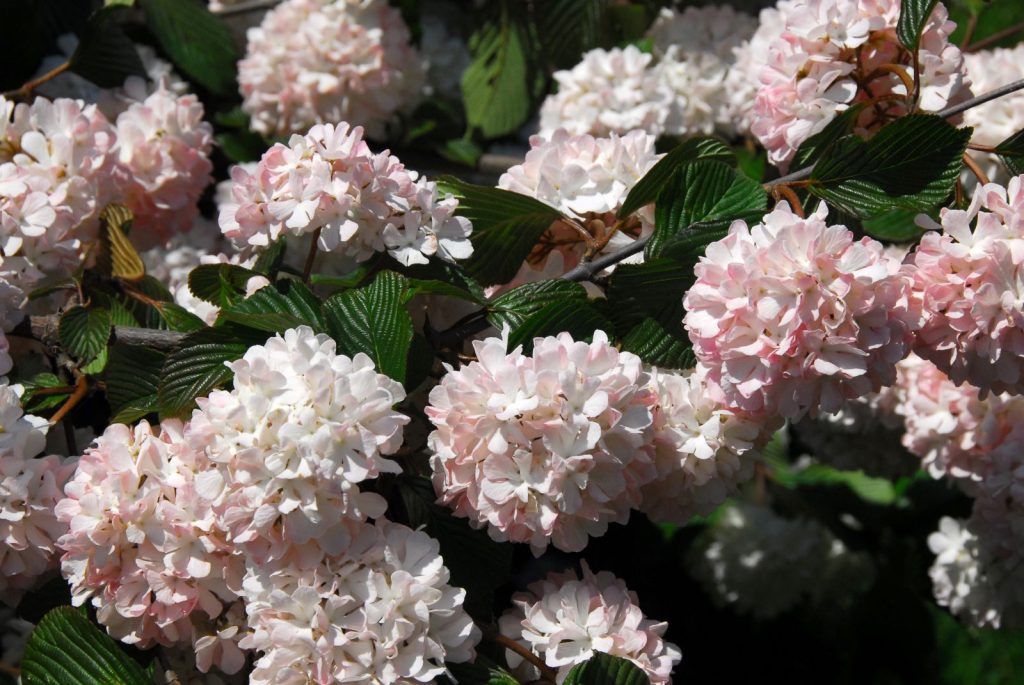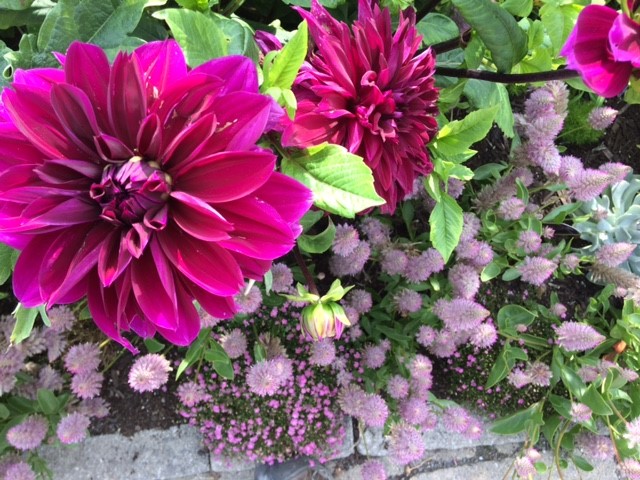Dye Plants from the Garden
Dyer’s Chamomile:
- Also known as golden Marguerite, dyer’s chamomile (Anthemis tinctoria) is one perennial that’s done well here during this year’s drought. It spreads easily and its flowers (which give us warm shades of yellow dye) are fragrant and last a surprisingly long time. Even if you don’t want to grow it for dyeing purposes, this bushy plant produces masses of sweet, small daisy-like yellow flowers that pollinators love.
Weld:
- Dyer’s weld (Reseda luteola) creates a bright yellow dye, used as a paint and fabric colorant since the first century B.C. This biennial plant will produce a basal rosette in its first year and a tall spike of a flower stalk in its second (which bees love). Drought-tolerant and with a long flower life, this is a plant worth putting in the dye garden.
Pokeweed:
- Used primarily for its dark berries, pokeweed or pokeberry, a native perennial, (Phytolacca americana) produces a purple/magenta dye. Note that this plant is toxic, so handle with care and always wear gloves. Pokeweed can withstand poor soil conditions, happy in either full sun or partial shade. (For those who like detail, pokeweed berries produce a stain rather than a dye, which means that it’s not as fixed and will change color over time and with washing.

Phytolacca americana
Black-eyed Susan:
- This native perennial (Rudbeckia hirta) produces a fun, bright apple-to-olive green and can be found growing wild. At the Gardens, we cultivate this pollinator-friendly plant, but if you choose to forage, remember always to ask permission of the landowner and leave plenty for pollinators.
The compost bin:
- So many food scraps made wonderful dyes! Experiment with avocado skins and pits, beet scraps, red cabbage leaves, tea, onion skins, and elderberries, just to name a few.

Rudbeckia hirta
Mordents:
- I always put off dyeing projects because I don’t want to source alum, aluminum, or copper mordent supplies. But natural dyes won’t adhere to fibers (in this case, wool, silk, or animal fibers) without a mordent. Traditionally, metals like copper, iron, and tin have been used, but they’re not the most environmental or nontoxic choice. Try alum (hydrated potassium aluminum sulfate), often found in grocery stores near canning supplies. Just add alum to the dye bath, mix well, and add your fiber.
Fixatives:
- Fixatives are used with cottons and linens (plant-based fabrics). Unlike mordents, there are lots of household items you can use: salt, tannins (black tea, sumac or rhubarb leaves), vinegar, baking soda, and cream of tartar are all options.


